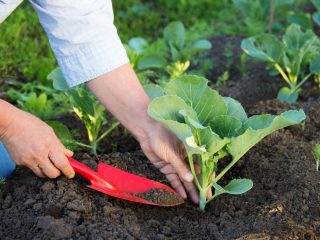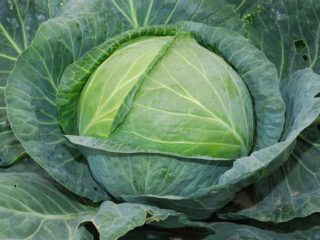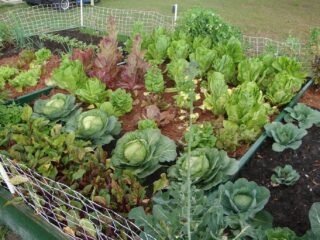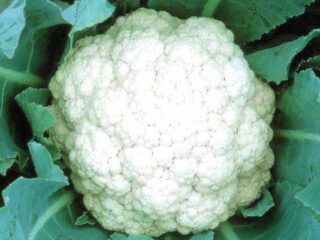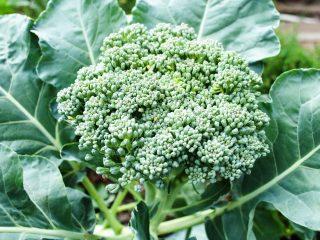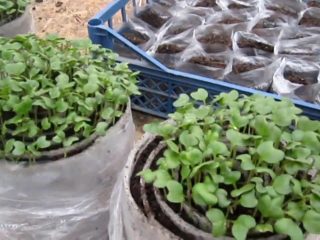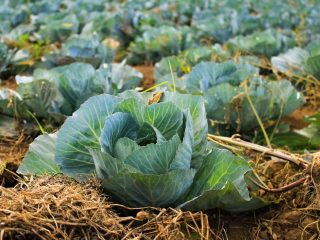Content
Along with early-ripening cabbage, which is well suited for summer salads, gardeners also cultivate late-ripening cabbage, suitable for long-term storage. However, even if the description of the variety promises good keeping quality, this property largely depends on the quality of care and other nuances. For example, you need to know when and how to remove late cabbage from the garden, and be able to visually determine the degree of maturity of the heads of cabbage.
Is cabbage afraid of frost?
Cold resistance largely depends on the characteristics of a particular variety or hybrid. A gardener can increase it by hardening off the seedlings, but not significantly. However, late varieties are grown with long-term storage in mind. And keeping quality will be good only with relatively short exposure to negative temperatures.
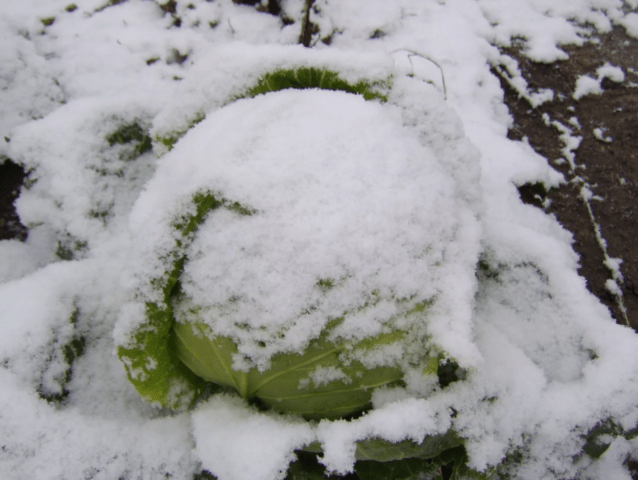
Late cabbage has better cold resistance than early and mid-season cabbage
Some deliberately leave late varieties in the garden so that they are slightly “grabbed” by the first frosts, claiming that this has a positive effect on the taste - the leaves become juicier and sweeter.Also, late cabbage, “frozen” before harvesting at a temperature of -3-4 °C, is considered ideal for pickling.

You can “wait until the last” only if the autumn is dry
When the crop remains in the garden under the snow for a long time or is harvested at temperatures below -6 ° C, the outer integumentary leaves freeze. When the heads of cabbage are brought into the storage room, they thaw. High humidity creates favorable conditions for the development of pathogenic microflora, primarily rot. It is impossible to preserve the harvest for a long time after harvesting.
Collection rules
Its keeping quality directly depends on compliance with the rules for harvesting late cabbage. Each head of cabbage is carefully dug in with a pitchfork or shovel, removed from the soil along with the roots and the remaining soil is carefully shaken off. If the substrate is very soft and loose, they can be “unscrewed” by hand.
Immediately after harvesting late cabbage, it is sorted. Small, deformed, cracked specimens with traces of damage by insects and fungi are sent to “substandard.” But there is no need to throw them away; most of them are quite suitable for food or processing.
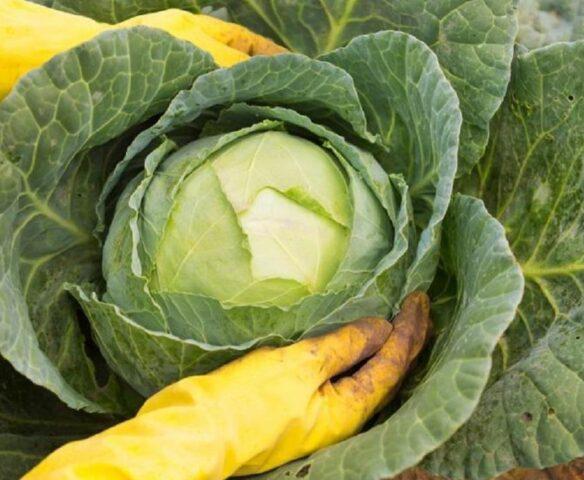
The most important thing in the cleaning process is to avoid mechanical damage (impacts, cracks, dents), even minor ones.
Regardless of the chosen method, late cabbage cannot be sent for storage immediately after harvesting. It is dried for at least several hours outdoors or indoors, ensuring good ventilation and protection from direct sunlight. First remove all the outer leaves except 2-3 closest to the head of cabbage.
Late cabbage grown in soil oversaturated with nitrogen, even if all harvesting rules are followed, is not suitable for long-term storage. This macronutrient “looses” the leaves, reducing the percentage of dry matter in them, which increases the risk of rot.
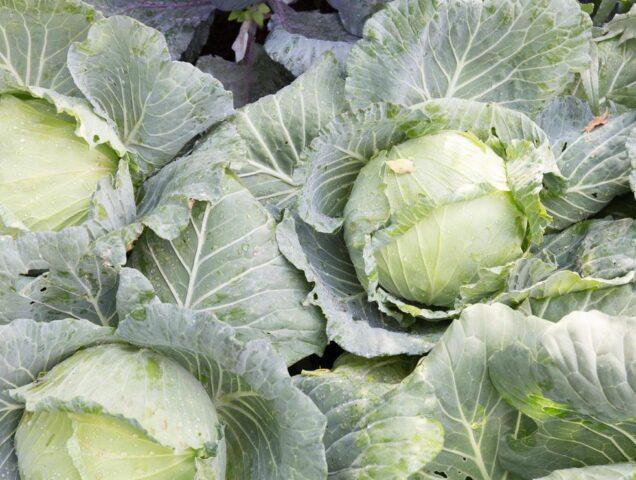
Phosphorus and potassium contribute to increased shelf life
Signs of cabbage ripening
Harvesting late cabbage begins only after allowing it to fully ripen. The keeping quality of unripe heads of cabbage is significantly lower. You can determine the “condition” yourself, focusing not only on the ripening period of late cabbage and the approximate dimensions indicated in the description of the variety or hybrid, but also on other criteria:
- The density and elasticity of the head of cabbage, a slight crunch when pressed. Unripe late cabbage is quite soft, easy to serve, almost crumpled under the palm. Also, unnatural softness may indicate rotting from the inside.
- Almost white, with a very slight greenish tint, the color of the outer leaves. Certain varieties also have a bluish or bluish-purple tint and a glossy sheen.
- Yellowing, drying and dying lower leaves. The process in the garden should take place en masse.If it affects only one or a few heads of cabbage, this may indicate damage by pathogenic microflora or pests.
- The process of “mass gain” has clearly stopped. If the head of cabbage is still increasing in size, ripening is not complete, it is too early to remove late cabbage from the garden.

When the head of cabbage just begins to set, its leaves are light green; as they ripen, they gradually turn pale
When to harvest late cabbage in the fall
To harvest late cabbage, choose a dry, relatively warm day. It is not recommended to start the procedure too early, when the dew has not yet dried. Mold and rot almost inevitably develop on wet heads of cabbage; you can’t count on good shelf life.
According to the lunar calendar 2023
Some gardeners harvest late cabbage, focusing on the recommendations of the lunar calendar. Not only the phases of the moon are taken into account, but also other nuances; Based on them, the most favorable days are determined.
It is recommended to harvest late cabbage in 2023:
- September 1-3, 20, 21, 29-30;
- October 17-18, 26-27;
- November 22 and 23.
However, you should not follow the recommendations of the lunar calendar blindly when starting to harvest late cabbage if the weather is clearly unsuitable for this (for example, it is raining heavily). It is also impossible to delay excessively, waiting for a favorable day when it is already clearly cold outside.
In Siberia and the Urals
Due to the long growing season - late cabbage matures in 120-150 days - it does not always have time to fully form in these regions. And when harvesting unripe heads of cabbage, you can’t count on good keeping quality.
In these regions, negative temperatures often set in by mid-autumn. Therefore, harvesting late cabbage must be completed in the last ten days of September or at the very beginning of October.
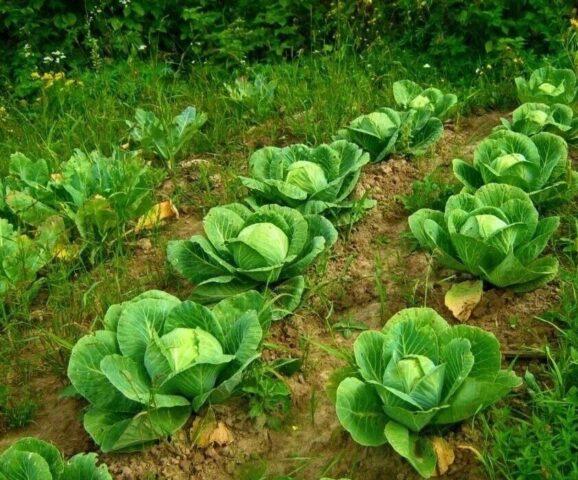
In Western Siberia and the Urals, growing late varieties and hybrids is a big risk; here early and mid-season varieties are more often cultivated
In the Moscow region and central zone
The Moscow region and central Russia are characterized by a certain climate instability. Here autumn can be both long and warm, and short and cold. Therefore, you need to focus on the long-term weather forecast. In successful years, harvesting late cabbage can last until the last days of October or even the beginning of November. In “unfavorable” periods, it must be completed by the end of September.
In the Leningrad region
Autumn in the Leningrad region and the North-Western region is most often cool and rainy, but you have to wait a long time for stable frosts. Therefore, harvesting of late cabbage begins in the first half of October.
How to cut cabbage
Some gardeners prefer not to cut off the roots and stem at all after harvesting late cabbage, storing it in an “unprocessed” form. This method has a right to exist, since its use in practice demonstrates very good results.
If, after harvesting late cabbage, the root and part of the stem are still cut off or chopped off (for example, for greater compactness), this is done with a sharply sharpened and well-sanitized knife or ax. Ideally, after each head of cabbage, the blade should be treated with any antifungal drug or “antiseptic.” This minimizes the risk of the spread of pathogenic microflora.
You cannot cut off the stem completely after harvesting late cabbage - leave a stalk 4-5 cm long and 2-3 outer leaves. The latter protect the head of cabbage from mechanical damage and prevent rapid loss of moisture.
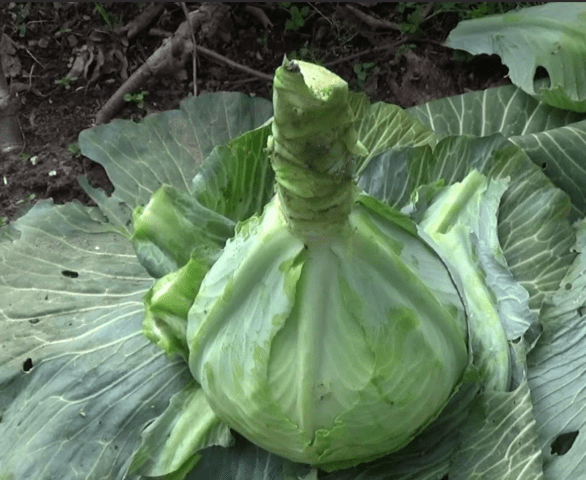
A cut of a stem, if not treated, is a ready “gate” for infections
Conclusion
Late cabbage must be removed from the garden on time and following simple rules, otherwise its keeping quality, transportability, taste and benefits will suffer greatly. Many gardeners, when determining the timing, are guided by the lunar calendar, but it is much more important to take into account the weather outside, the climatic features of a particular region and the degree of maturity of the heads of cabbage.
